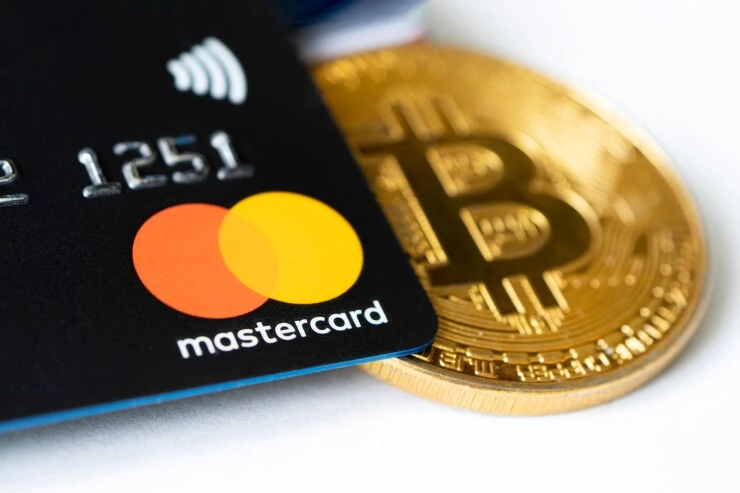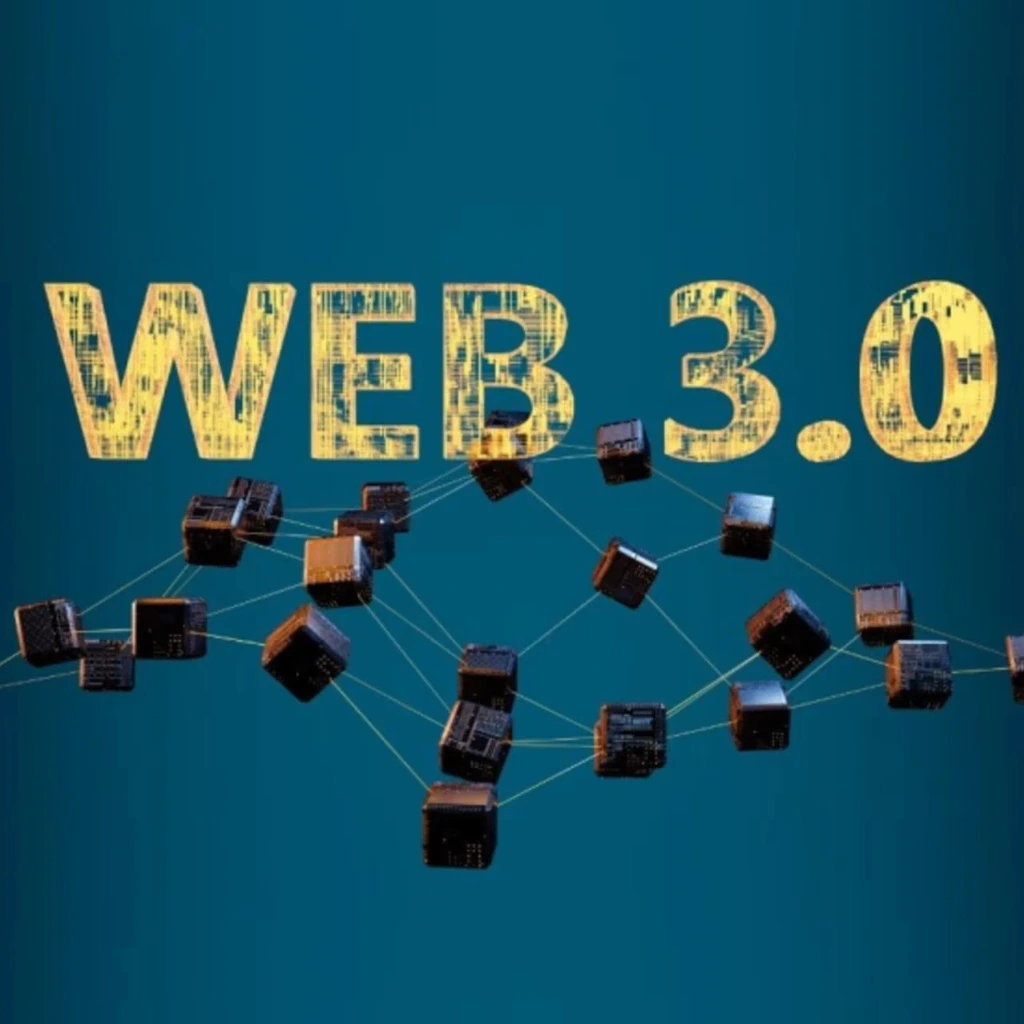Web3 is often associated with abstract buzzwords—decentralization, tokens, “ownership economy.” But beneath the surface, it’s built on real technology that’s already shifting how people spend, save, and value digital assets. It calls “Web3 Consumption”.
In this breakdown, we’ll examine the core technical components that make Web3 consumption distinct from traditional (Web2) spending, and what that means for users, platforms, and the broader financial landscape.
1. Digital Assets & Ownership via NFTs in Web3 Consumption
Technical Mechanism:
At the heart of Web3 consumption is tokenized ownership through standards like ERC-721 (non-fungible tokens) and ERC-1155 (multi-token types). These smart contract standards allow for the creation of unique digital items—art, passes, music, in-game assets—stored on a blockchain.
Why It Matters:
Ownership in Web3 is verifiable, portable, and interoperable. Instead of paying for access (like a Spotify subscription), users can purchase an NFT that grants permanent entry to a service or community. This redefines purchasing as a one-time acquisition rather than a recurring expense.


2. Tokenomics & Incentive Design in Web3 Consumption
Technical Mechanism:
Web3 platforms integrate token economies—often governed by fungible tokens (like ERC-20). These tokens are used to reward behaviors (e.g., posting content, staking, voting, or referrals). Many systems feature supply caps, vesting schedules, and liquidity pools.
Why It Matters:
This replaces Web2’s “points and perks” with financialized incentives. Consumers become economic participants: earning tokens they can trade, use for governance, or redeem for services. This blurs the line between spending, investing, and contributing.


3. Self-Custody & Wallet-Based Spending in Web3 Consumption
Technical Mechanism:
Spending in Web3 typically requires a non-custodial wallet (e.g., MetaMask, WalletConnect, Rainbow). These wallets are interfaces for managing private keys, authorizing transactions, and interacting with smart contracts across blockchain networks like Ethereum, Solana, or Base.
Why It Matters:
Users don’t rely on banks or platforms to manage their funds. Every purchase or transaction is authorized by the user—recorded immutably on-chain. This enhances autonomy, but also introduces risk: loss of private keys, phishing attacks, and transaction irreversibility.


4. Decentralized Autonomous Organizations (DAOs)
Technical Mechanism:
DAOs are smart contract-based governance systems that allow users to vote on decisions using governance tokens. Popular DAO tools include Snapshot, Tally, and Gnosis Safe for treasury management.
Why It Matters:
Some spending decisions (e.g., purchasing a product, funding a community initiative) now go through DAO governance. This means consumer dollars can act as votes, influencing roadmaps, product offerings, or even refund policies.

5. Programmable Money & Smart Contracts
Technical Mechanism:
Smart contracts are self-executing code deployed on a blockchain. They automate transactions under predefined conditions (e.g., releasing funds after a milestone is hit). They’re written in languages like Solidity and deployed to platforms like Ethereum.
Why It Matters:
Web3 platforms can create spending logic that’s transparent and automated. For example, you might pay for a digital service that only charges you if usage exceeds a threshold—without involving a third party. This redefines consumer trust: it’s enforced by code, not customer service.
6. Gamification and Frictionless UX
Technical Mechanism:
Many Web3 dApps integrate on-chain gamification (e.g., loot boxes, randomized rewards, leveling systems) and reduce user friction via gasless transactions, account abstraction, or Layer 2 scaling solutions like Optimism and Arbitrum.
Why It Matters:
The easier it is to spend—and the more it feels like a game—the more likely users are to engage. While this boosts engagement, it also increases impulse behavior. Spending becomes both more frequent and more emotional, driven by dopamine loops built into dApps.
Conclusion: From Transactions to Participation
The shift Web3 introduces isn’t just digital—it’s architectural. Platforms no longer own the user experience. Instead, they enable it through programmable value layers, user-controlled wallets, and incentive-aligned protocols.
Web3 changes spending from a one-way action (“I pay, you deliver”) to a two-way relationship: users contribute value, receive ownership, and influence platform direction.
That comes with both promise and peril. The freedom to control your money comes with the responsibility to understand the systems beneath it.
But one thing’s clear: Web3 isn’t just changing what people buy—it’s transforming the very concept of what it means to spend in the first place.
Relevant Link : Here



